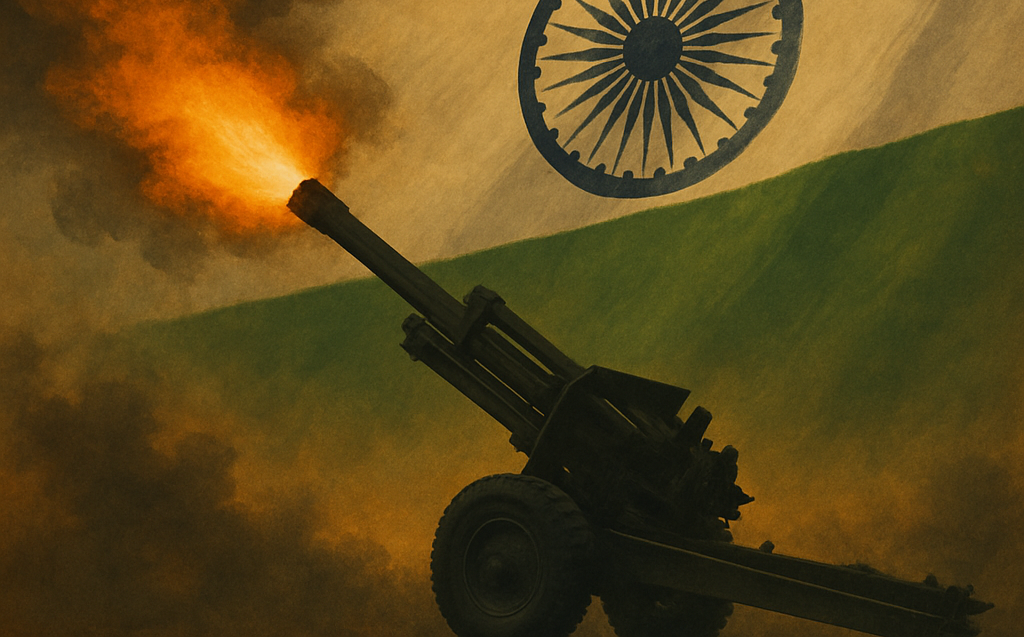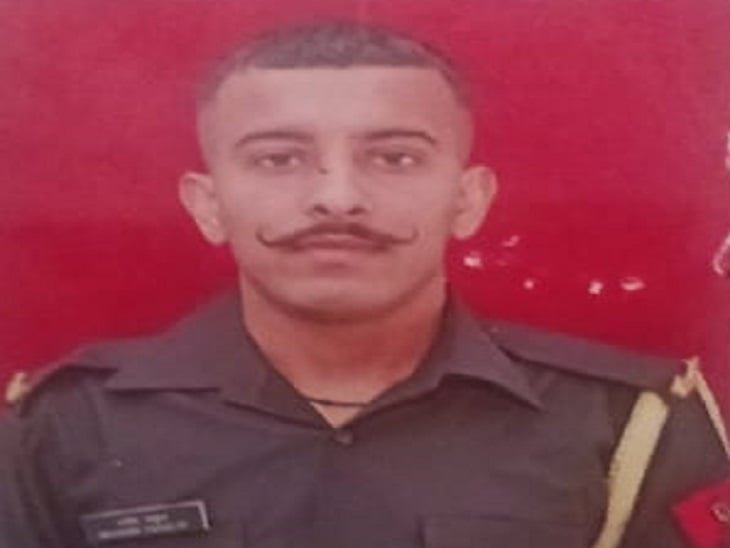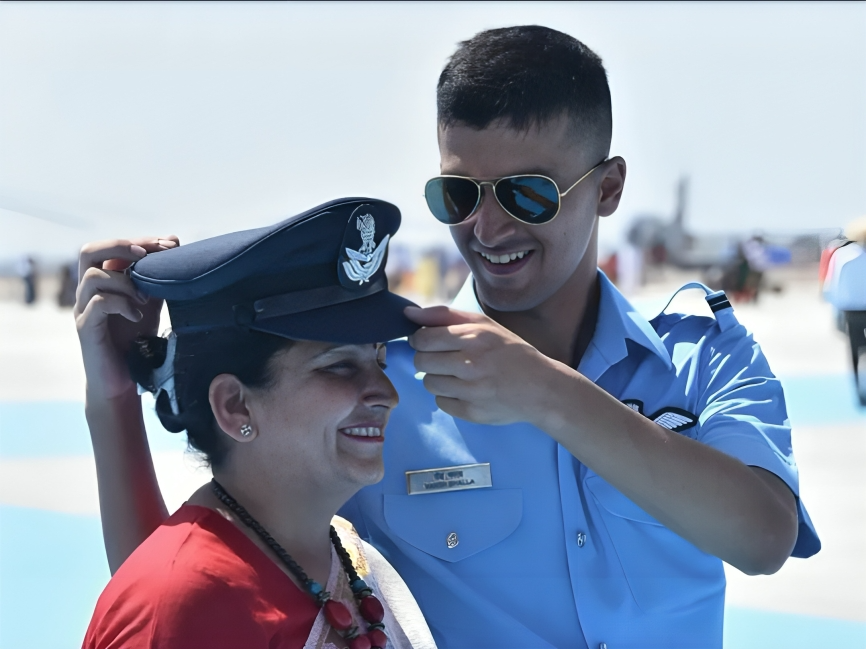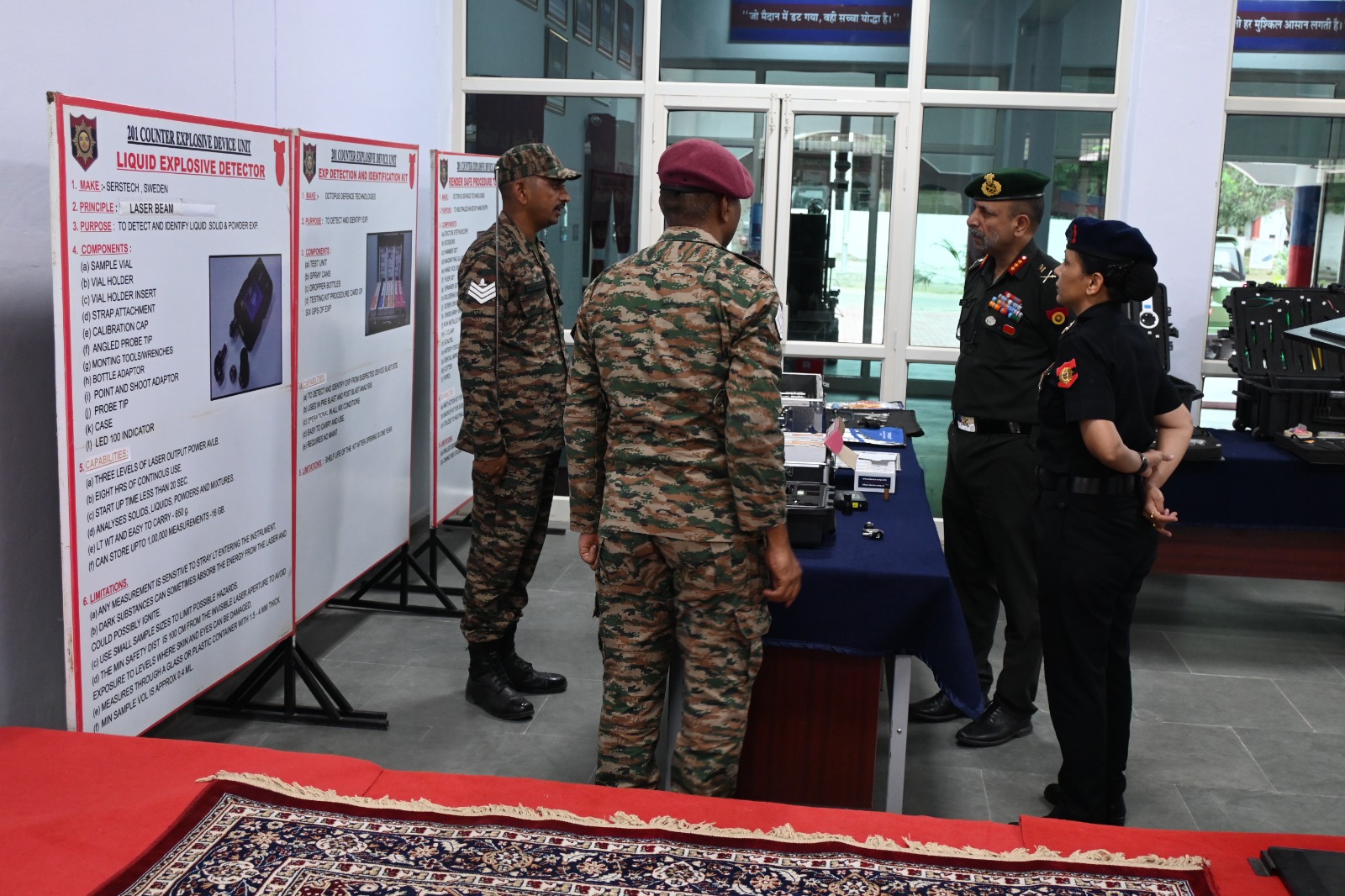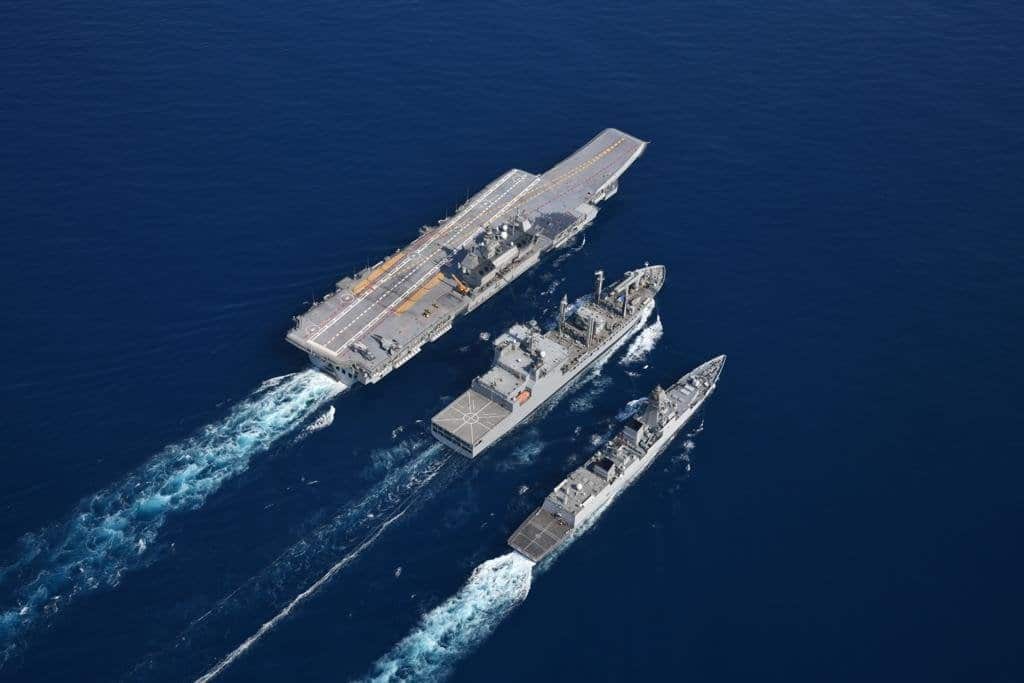Why Do Martyrs Get a 21-Gun Salute? The History and Honour Behind It
Across the world, the 21-gun salute is the ultimate military honor, accorded to heads of state and celebrated fallen heroes.…
Himachal’s Lance Naik Manish Thakur Martyred in Sikkim Landslide
A wave of mourning swept across Baraban village in Himachal Pradesh’s Sirmaur district as news broke of Lance Naik Manish…
AFCAT 2 2025 Applications and Exam Dates (Out Now)
The AFCAT 2 2025 Notification is out, announcing 284 vacancies across the Flying and Ground Duty branches. The online application…
Japan Reportedly Offers Advanced IHI XF9-1 Jet Engine for India’s AMCA Stealth Fighter Program
As per IDRW, in a significant boost to India’s indigenous defense manufacturing goals, Japan has offered its cutting-edge IHI XF9-1…
Lt Gen Vikas Rohella Lauds Bombay Sappers’ 201 CEDU for Excellence in Counter-Explosive Training
Lieutenant General Vikas Rohella, Director General of Land Warfare and Equipment (DGLWE) and Colonel Commandant of the Bombay Sappers, visited…
India Issues NOTAM for Naval Firing Exercise in Arabian Sea Amid Rising Regional Tensions
The Indian Navy has issued a Notice to Airmen (NOTAM) announcing live firing exercises in the Arabian Sea from June…

